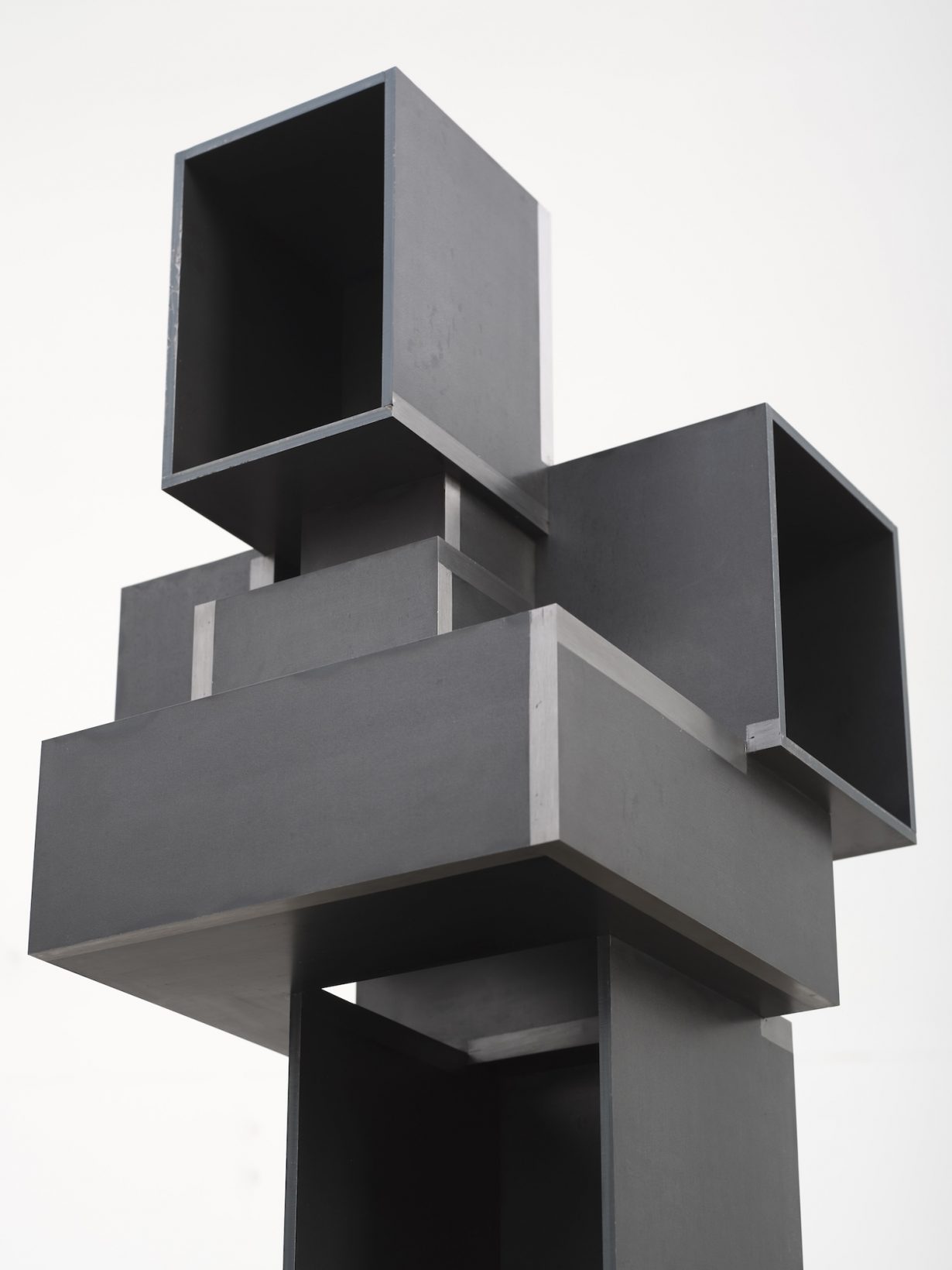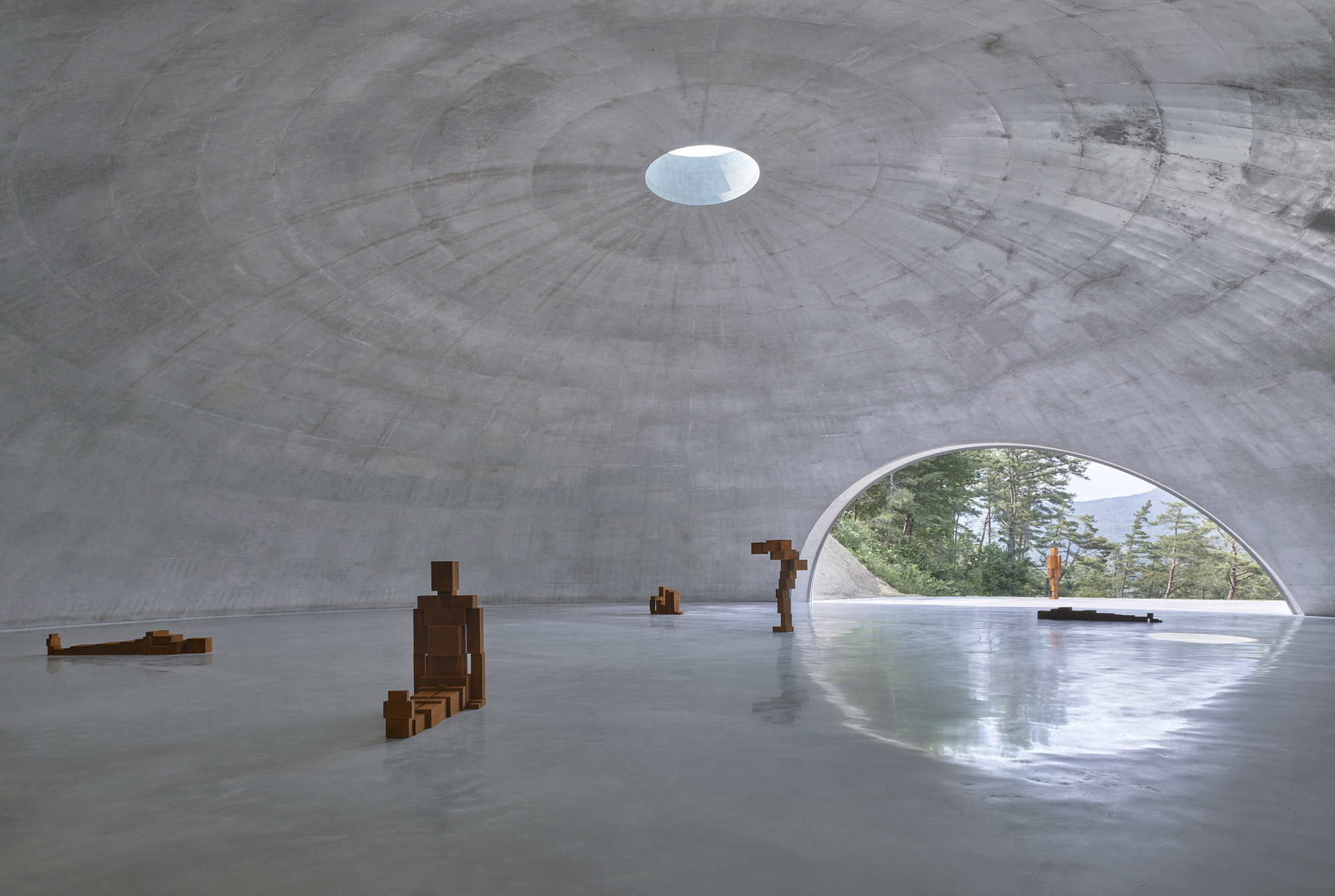In the increasing constraints of the city, the artist claims public sculpture might just be a way out
The question over the tension between personal liberty and social constraint – the opposition between the desire for adventure and the need for stability, community and the organisation of collective life – has been at the heart of all philosophical investigation from Plato onwards.
As human life becomes more concentrated in an ever more intelligent city, we have accepted a trade-off between the loss of personal freedom and the comforts that urban life has brought. It is within the city that we have entered the cyberage and integrated our digital devices into daily life. This has occurred without, seemingly, there being any resistance. This fundamental change in the way that we relate to experience, our surroundings and all living beings seems to have gone almost unnoticed, as have all the unintended consequences: the change in our neural pathways, physical experience replaced by information and an ever-shortening of our attention spans in an ever more competitive attention economy. All this has completely transformed the way that we live.
In our species’ history, the urge to shape matter predates language. Sculpture is the most resistant and atavistic of all artforms, but it is also the most radical. It insists that by changing matter, it changes the world. Sculpture, rather than making a picture of a thing, is the thing. In that respect, it is a more powerful agent of change than any two-dimensional representation or symbol. As such, it can act as a powerful antidote to the allure of the virtual that has arrived with screen-based communication. Sculpture reinforces that we are things as well as living beings in a world of things, and that our relationship to the world is most powerfully reinforced in firsthand physical experience.

Sculpture plays with its position as a thing in the world of things by refusing the organic or functional logic that most of the things in the world obey. As such, it is a displacement, a disturbance and a provocation. When you discover an object in the street that doesn’t belong there, it’s a bit like finding a dropped piece of clothing or wallet: the exposure of something intimate to do with another’s life that is suddenly vulnerable and out of place. At the same time, it’s not like that at all – it’s more of a confrontation. You might ask, ‘What is this thing in my world, this thing that refuses to obey any of the rules of the street?’ It’s not a tree, it’s not a sign, it’s not protecting me. It demands first to be seen, to be noticed, and once noticed, to be interrogated. This usually means you have to walk around it, you might touch or tap it in order to see whether it’s solid or hollow, and you might rock it to see if it’s fixed or loose. You might then try to see what it is connected to and if there are others of its kind in the vicinity. This may or may not help. The object is still and silent; it lacks all the faculties that you have just used: freedom of movement, sensation, thought and feeling, but at the same time it has certain human characteristics.
I would like to think that in its displacement of a human space in space, a sculpture of mine in the street returns the question to the inquirer, becoming a reflexive instrument of examination: ‘What am I, and what is a world?’
I am convinced that the logic of engagement with sculpture, which starts with seeing, is tested by touching and is completed by imagining. Imagination is the seed ground of possibility and the engine and source of personal liberty.
Antony Gormley is an artist. His double exhibition INEXTRICABLE is on show at Thaddaeus Ropac Seoul and White Cube Seoul, 2 September – 8 November; his SURVEY is on view at Nasher Sculpture Center, Dallas, 13 September – 4 January
From the September 2025 issue of ArtReview – get your copy.
